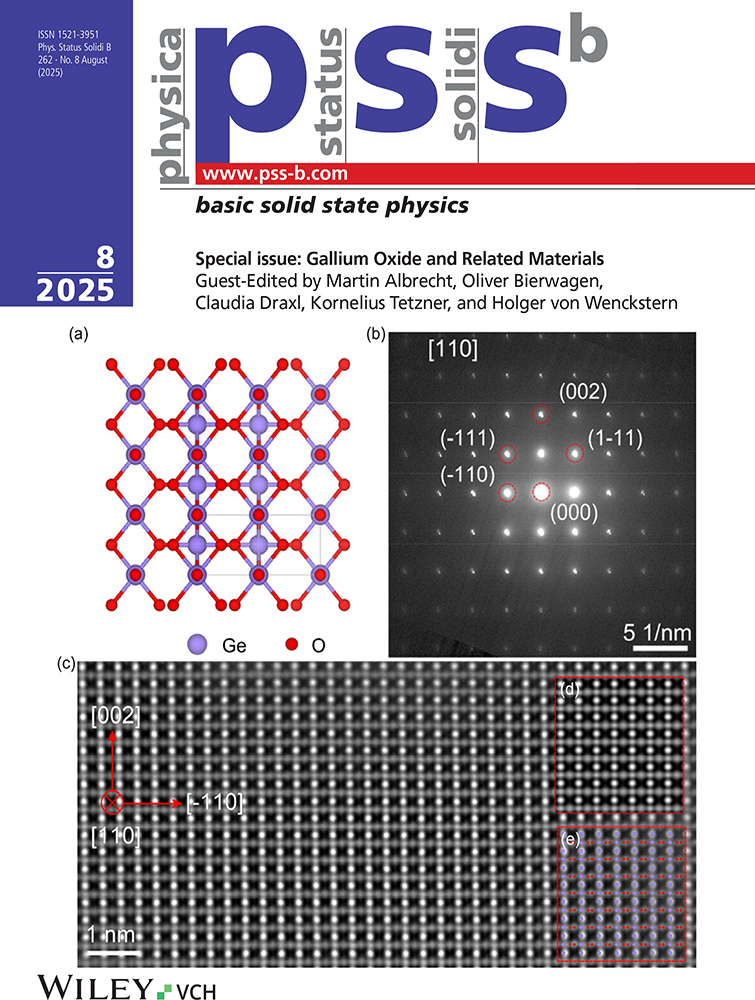Localization and Charge Conversion of Copper in Rb2ZnCl4:Cu Crystals: An ESR and Optical Absorption Study
Abstract
Electron spin resonance and optical studies reveal the presence of both Cu2+ and Cu+ centers in Rb2ZnCl4:Cu single crystals grown from melt and their conversion by X- or γ-irradiation. Two types of paramagnetic Cu2+ centers with different concentrations and production properties have been identified. The more abundant Cu2+(I) center consists of a Cu2+ ion substituting for Zn2+ at the center of a ZnCl2—4 tetrahedron. The less abundant Cu2+(II) center seems to be situated at a Rb site. Production experiments strongly suggest that during the crystal growth copper enters the Rb2ZnCl4 lattice as Cu2+, mainly at Zn2+ sites, part of it being afterwards converted to Cu+ precursor centers. The presence of a neighboring charge compensating anion vacancy and its departure during the radiolytic Cu+(I) → Cu2+(I) conversion seems to play an essential role in the stabilization of the Cu+(I) and Cu2+(I) centers, respectively.




